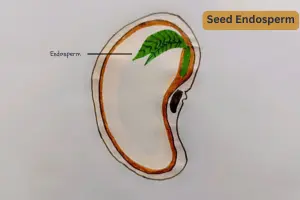Types of Desiccant: Choosing the Right One for Your Needs
Published: 22 Sep 2025
Welcome, Moisture Warriors!
Have you ever opened a new shoebox or food package and found a tiny packet that says “do not eat”? That’s a desiccant doing its job! Whether protecting food, seeds, or gadgets from moisture damage, different desiccants are always on guard to preserve what we use daily. Pretty cool!!!!
I’m Sheila, a botanist with seven years of experience in botany research. In this article, I’ll explain the most common types of desiccant, how they work, and where they are used. Whether you’re a gardener, student, or beginner, this guide will make it easy to understand.
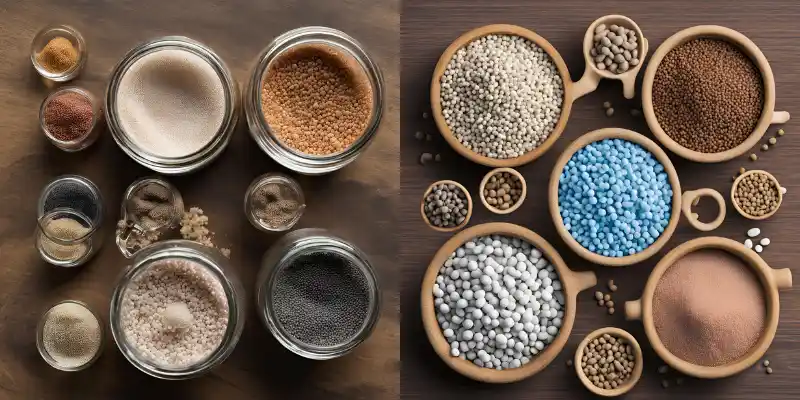
By the end of this article, you’ll know which desiccant is best for your needs and how to use it correctly. Think of desiccants like tiny sponges that soak up unwanted moisture. Let’s get started and find the right desiccant for you!
Common Types of Desiccant
Desiccants come in a variety of types, each with its specific use. Think of them like tools in a garden shed—each has a role to play. I will discuss only four types of desiccant.
- Silica Gel
- Clay Desiccants
- Calcium chloride
- Activated Carbon
Let’s move and study each type
Silica Gel—Most Popular
These are small beads that absorb moisture to keep things dry.

- Uses: These are widely used in packaging, food storage, medicine, and electronics.
- Efficiency: It works quickly and is easy to find.
- Advantage: It’s highly absorbent—it can absorb up to 40% of its weight in moisture.
- Limitation: Less effective in very high-humidity environments.
- Personal experience: I’ve used silica gel to protect my seeds from moisture during storage. It’s effective and reliable, like a dependable friend in your gardening kit.
Clay Desiccants—Natural and Budget-Friendly
A natural desiccant made from clay that absorbs moisture.
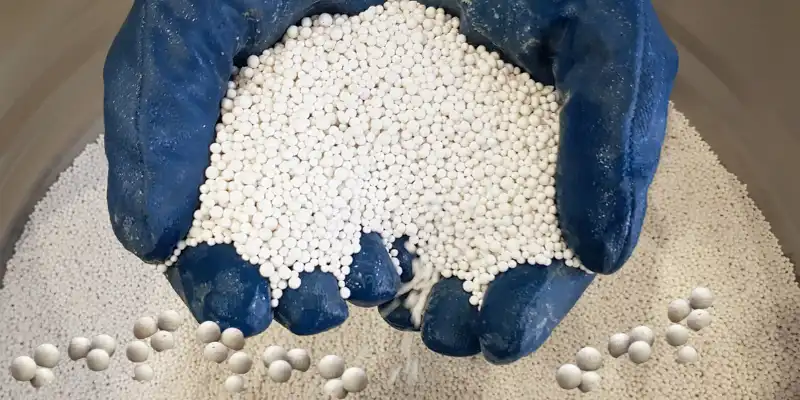
- Uses: Seed storage, packaging, and moisture-sensitive items.
- Efficiency: Best for moderate moisture control in low to medium humidity conditions.
- Advantage: Affordable and eco-friendly.
- Limitation: Less effective in high-humidity areas as it absorbs moisture more slowly.
- Personal experience: As a gardener, I’ve relied on clay desiccants to keep my seeds dry, especially in humid climates. They work like a towel soaking up excess water, perfect for protecting your garden’s future growth.
Calcium Chloride—Absorbs Extreme Moisture
A desiccant that absorbs large amounts of moisture, even in damp conditions.
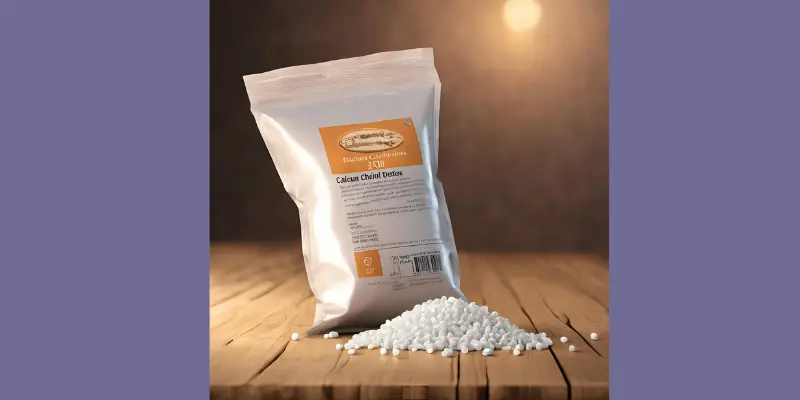
- Uses: It is important for dehumidifiers in basements, damp areas, and industrial settings.
- Efficiency: It controls humidity in spaces with heavy moisture.
- Advantage: Highly absorbent—it can absorb several times its weight in moisture.
- Limitation: Can Be Corrosive – May damage metal surfaces if improperly handled.
- Personal experience: I’ve used calcium chloride in my garden shed to keep it dry and mould-free. It’s like a strong helper that keeps things dry when the humidity is too high.
Activated Carbon—Controls Both Moisture and Odors
This desiccant absorbs both moisture and unwanted odours.
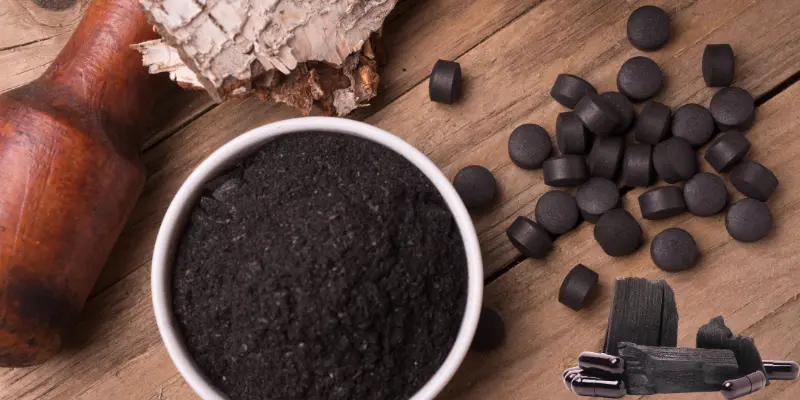
- Uses: Food storage, pet areas, and places where moisture and smells need to be controlled.
- Efficiency: It tackles both moisture and odours at the same time.
- Advantages: Prevents Mould & Mildew—Helps protect spaces from excess moisture damage.
- Limitation: Can Be Corrosive – May damage metal surfaces if improperly handled.
- Personal experience: Activated carbon is perfect for my storage areas, where moisture and smells can build up. It works like a two-in-one remedy, keeping things fresh and dry.
| Interesting Facts |
|---|
|
How to Choose the Right Desiccant?
Choosing the right desiccant depends on your specific needs, just like picking the best tool for a gardening task. Whether you’re storing seeds, protecting electronics, or keeping a room dry, consider these key factors:
1. Moisture Level in Your Environment
- If you live in a high-humidity area, calcium chloride is the best option as it absorbs extreme moisture.
- Silica gel or molecular sieves effectively keep items dry for moderate humidity.
- In low-humidity conditions, clay desiccants provide a natural and budget-friendly solution.
2. Type of Items You’re Protecting
- Food and seeds require food-grade silica gel or clay desiccants to keep them fresh without chemicals.
- Electronics and sensitive equipment benefit from molecular sieves, which offer high-precision moisture control.
- Storage spaces like basements or garden sheds need calcium chloride or activated carbon to absorb moisture and odours.
3. Reusability and Sustainability
- If you want a reusable desiccant, use silica gel or molecular sieves, which can be dried and reused.
- Clay desiccants are eco-friendly but lose effectiveness faster and are not always reusable.
- Calcium chloride is highly absorbent but non-reusable and can turn into liquid brine, requiring disposal.
4. Budget and Availability
- Clay desiccants are the most affordable option for general moisture control.
- Silica gel is moderately priced and widely available.
- Molecular sieves and calcium chloride can be more expensive but work better for specific moisture control needs.
Choosing the right desiccant is like picking the best soil for your plants—it depends on your needs. If you want something you can use again and again, choose silica gel. Calcium chloride is a good choice if you need something that controls moisture. Knowing these things helps you keep your stuff safe and dry.
| Limitations Of Desiccant |
|---|
|
Conclusion
So, guys, it’s time to wrap up. In this article, we’ve covered the types of desiccant in detail. From their unique uses to their specific benefits, you now know how to choose the right one for your needs.
Based on my experience, I recommend silica gel for its versatility and reusability, especially when storing seeds or electronics. If moisture levels are high, calcium chloride is a great option to keep things dry.
Now that you have all the info, it’s time to take action! Explore your options and find the perfect desiccant for your needs.
| Refrence Sources |
|---|
|

- Be Respectful
- Stay Relevant
- Stay Positive
- True Feedback
- Encourage Discussion
- Avoid Spamming
- No Fake News
- Don't Copy-Paste
- No Personal Attacks

- Be Respectful
- Stay Relevant
- Stay Positive
- True Feedback
- Encourage Discussion
- Avoid Spamming
- No Fake News
- Don't Copy-Paste
- No Personal Attacks

